ARTIST Hermien van der Merwe
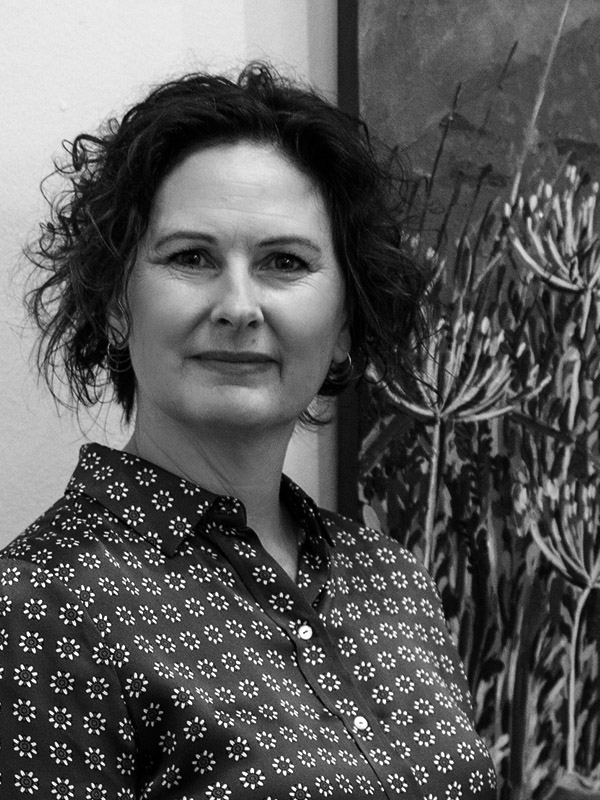
I love taking my walks through the Fynbos on the foot of Table Mountain. At least every second day I have to see, smell and feel this amazing Floral Kingdom.
Hermien van der Merwe is fascinated by the indigenous Cape Fynbos plants. Living on the slopes of Table Mountain in Cape Town, South Africa, the artist is surrounded by her work´s inspiration, nature. Her hikes along the nearby mountain paths in the Table Mountain Nature Reserve give her the opportunity to embrace her love with all her senses.
“I see buds appear, flowers open and seeds form as the seasons change. I smell the foliage and feel the mountain air against my skin. I pause at interesting leaves and cones – feeling their textures,” says Hermien.
While walking, seeing, touching, breathing, Hermien van der Merwe gathers inspiration for her work. She constantly explores the parallels between the natural and spiritual world and engages with nature as a creation.
Hermien’s art explores the effect of fire, water (rain), wind and drought on the indigenous Fynbos of the Cape. When she returns to her studio, she intuitively creates in various art mediums. She has mainly been working with oil paints for the past two years.
She began her recent series of oil paintings during the Covid-19 lockdown. Using strong, deep colours and exuberant brush strokes, she aimes to counterbalance the feelings of fear, uncertainty and hope.
Hermien is a perfectionist when it comes to detail and light. She enjoys exploring the shadows of the mountain during her walks in order to find a more subdued light which results in deeper colours.
In 2021 one of Hermien´s pieces was chosen as a backdrop for the Table Mountain Cable Car station as a tribute to Cape Fynbos and its natural beauty.
![]()
View artworks of Hermien van der Merwe on ARTSY.
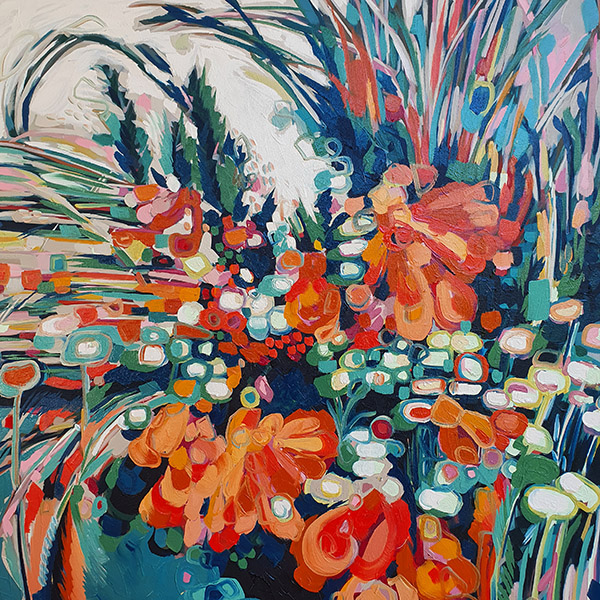

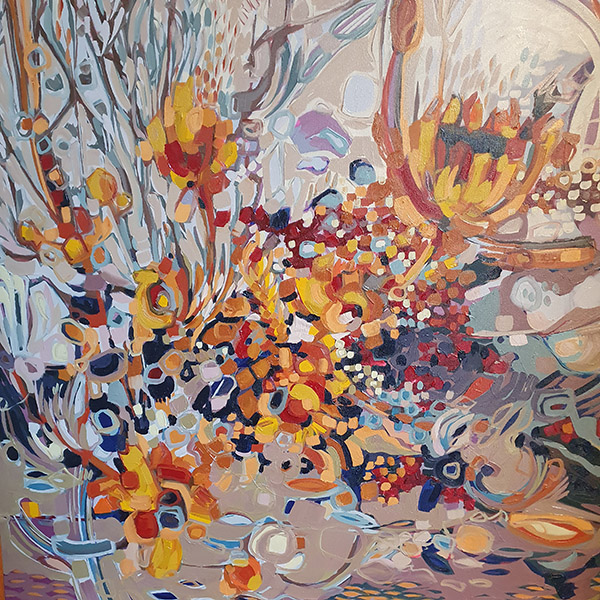

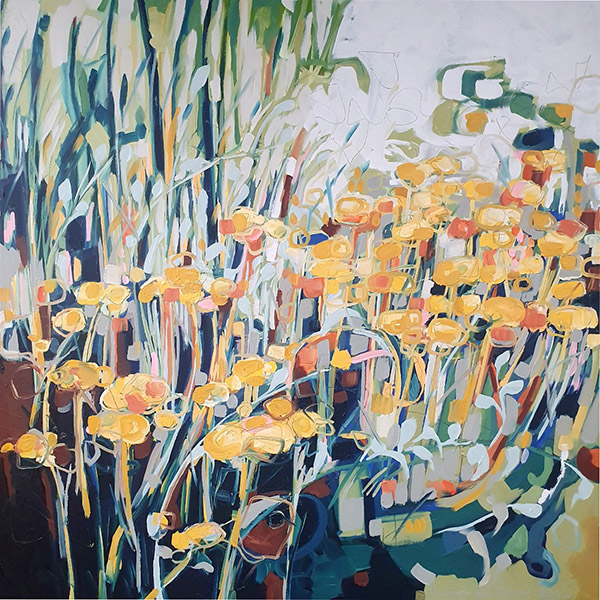
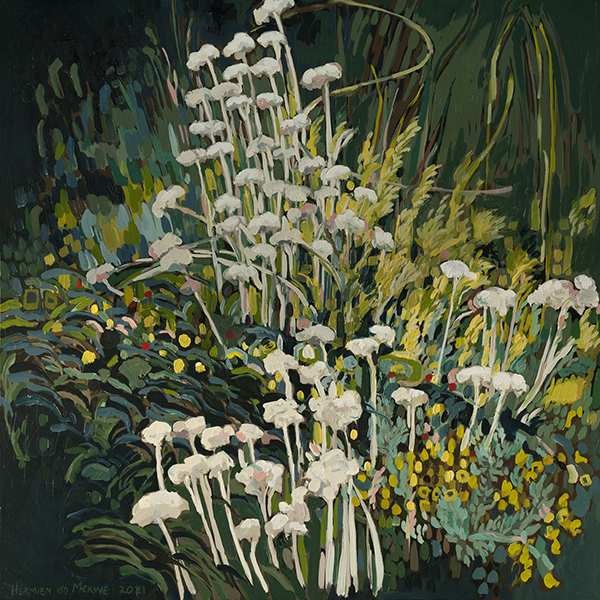
Van der Merwe studied art teaching at the University of Stellenbosch, just outside Cape Town and has been working as a full-time artist for the past twenty years.
As an artist, she wishes to raise awareness for fynbos and preserve it for future generations – preferably as a living, adaptable biome but, also immortalized in art.

